

Did you know that less than 20% of North Americans actively seek out high-yield savings accounts, despite them offering returns that could double your savings in a year? Missing out on these options could mean leaving money on the table!
In an era where every cent counts, choosing the right high-yield savings account has never been more crucial. With inflation rising, getting the best bang for your buck isn't just wise—it's necessary.

Shockingly, some banks might lead you into accounts promising high returns but entrap you with hidden fees or inaccessible terms. These pitfalls often go unnoticed until it's too late, bleeding your funds unnoticed. But that’s not even the wildest part…
Even more astonishing is the fact that a few savvy Canadians and Americans have unlocked financial growth by leveraging little-known savings strategies that outperform conventional wisdom. This modern-day alchemy challenges everything you've been told about saving money. What happens next shocked even the experts…
Many high-yield savings accounts promise incredible returns but come with sneaky charges that quickly erode your gains. Account maintenance fees and withdrawal penalties can chip away at the promised returns, leaving you frustrated and earning less than expected. But it doesn't stop there; some banks craft complex terms, making it difficult to understand when and how you can access your money. Understanding these hidden fees can turn the tide in your favor.

Picture this: you excitedly open an account with an attractive APY, only to find out withdrawal restrictions mean you’re docked fees each time you relocate funds. These subtle traps can take even seasoned savers by surprise. However, some institutions provide mechanisms to help maximize every dollar you save. Find those, and you will truly understand the game-changing nature of these accounts.
To outwit the system, consider those accounts that clearly disclose terms and offer flexible access to funds. This choice alone can be the difference between achieving your financial goals faster and being mired in unforeseen setbacks. Ultimately, it's all about the research—understand your account thoroughly before opening it. But there’s one more twist…
Sometimes the solution isn’t just choosing the right account, but combining strategies across different banks both in Canada and the USA. By leveraging a mix of high-yield savings accounts, you could minimize risk and maximize profits, gaining a nuanced advantage the banks don’t advertise. Ready to find out more?
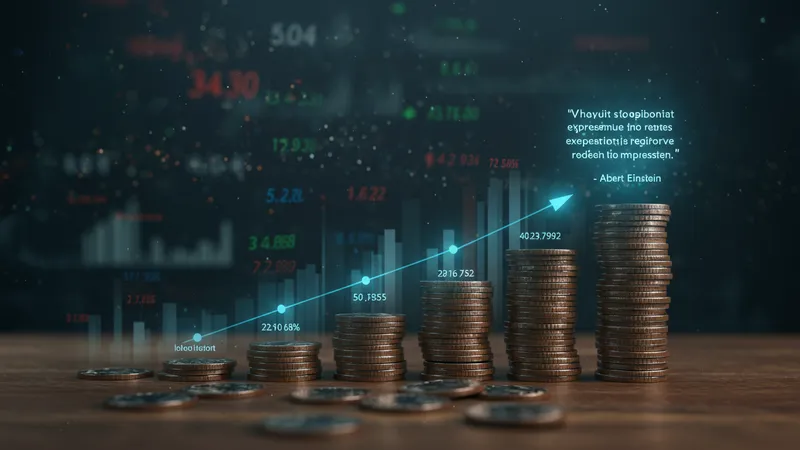
Compound interest is the game-changer when it comes to high-yield savings accounts, turning your money into a hardworking beast that grows exponentially. Albert Einstein reputedly called it the eighth wonder of the world, and for a good reason. Ensuring your account compounds interest frequently can accelerate your savings like nothing else.
Most traditional accounts compound monthly, but some high-yield accounts do so daily—or even hourly—offering returns that stack up rapidly. Selecting an account with daily compounding could mean thousands more in savings over a decade. That potential for exponential growth is what sets high-yield accounts apart from others.
Yet, it's crucial to keep an eye on terms and conditions to maximize the compounding effect. Some accounts require a minimum balance to capitalize on daily compounding to its fullest. Be aware of this trade-off to exploit compound interest fully without sneaky pitfalls. But the game isn't over yet…
There’s a clever trick insiders know: linking your high-yield savings account to investments creates a synergy that bolsters growth. Seeing savings as just the first step in a chain of financial strategies is a revelation that rattles conventional minds. What you read next might change how you see this forever.
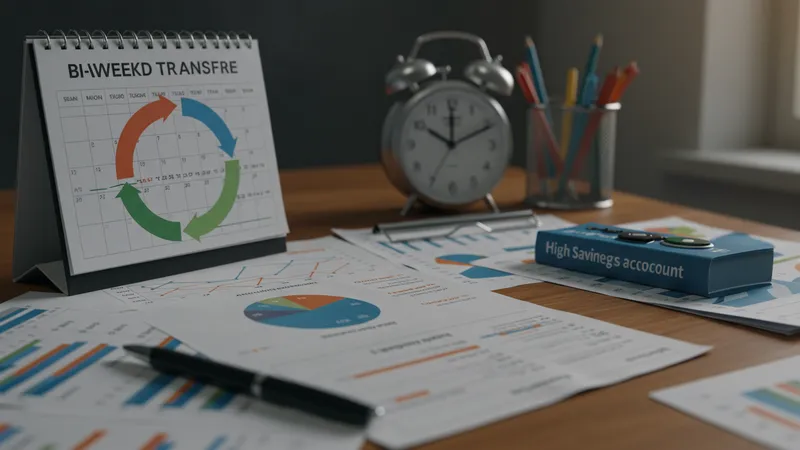
While many are content with letting their high-yield savings grow passively, strategic transfers can turbocharge your returns. Automate transfers from your regular checking account to your high-yield account regularly. This not only boosts savings but takes advantage of the high APYs effectively.
For example, setting up a bi-weekly transfer timed with payroll can help develop a savings habit while avoiding unnecessary fees. Additionally, by timing transfers with compounding cycles, you maximize the growth potential. This level of strategic movement might seem trivial, but it has far-reaching benefits.
Executing this strategy is not without its nuances. Often, the trick lies in not exceeding the allowable transactions to avoid needless charges. Consider it a skill that evolves with practice. The right balance ensures smooth and profitable account growth. It's a delicate task, but when done right, the results are undeniably rewarding.
Think you’ve nailed the strategy down? Wait until you discover how combining time-sensitive transfers with cross-border account benefits can skyrocket your savings like never before. The revelations continue on the next page.

Walking into a bank and opening a savings account seems straightforward until you unravel the layers of the terms and conditions. Many high-yield accounts have fine print that demands your careful attention. Banks may lure you in with headline-grabbing APYs but limit these rates to a specific introductory period, thereafter dropping them significantly without prompt notification.
It’s a common bait-and-switch maneuver that can drop your expected returns sharply after enticing you with short-lived lucrative offers. Understanding these terms can save you from falling prey to such tactics. Reviewing the terms and understanding exactly when and how interest applies is crucial for planning your savings strategy effectively.
Then there’s the dreaded minimum balance requirement, which often penalizes account holders with fees when the account falls below a threshold. It's these hidden traps that cause frustration among savers, who unknowingly lose significant portions of their hard-earned cash. Identifying and avoiding accounts with these predatory features is key to optimizing savings growth.
Even more cunning are the so-called inactivity fees, designed to claw back money from stagnant accounts. Strategically managing account activity becomes a golden rule in the realm of high-yield savings. The next page unveils how this insidious practice has been curtailed by a savvy few.

With financial borders fading, the ability to use savings accounts cross-border offers untapped opportunities for maximizing returns. Some high-yield savings accounts cater seamlessly to those who operate in the Canadian and U.S. markets, leveraging economic differences for higher returns. Heading across the border isn’t only for savvy travelers but also for those looking for smart financial instruments.
Cross-border banking allows you to diversify your savings strategies and find niches where interest rates and terms differ markedly. This approach can accentuate savings growth, where higher domestic rates in one country can supplement earnings in another. It presents an unprecedented way to maximize savings beyond national constraints.
Taking advantage of the fluctuating currency rates also plays into this strategy, allowing you to shift savings in favor of stronger currency returns when needed. This might involve risks but also introduces a thrilling dimension of control and profitability rarely possible with standard domestic accounts. It’s this financial acrobatics that make borderless accounts a mainstay for international savers.
Ready to embrace a world without borders where your savings aren’t tied down by domestic confines? The next pages delve into specific steps you can take to harness this dynamic advantage. But beware, what follows could dramatically alter where you place your next dollar.
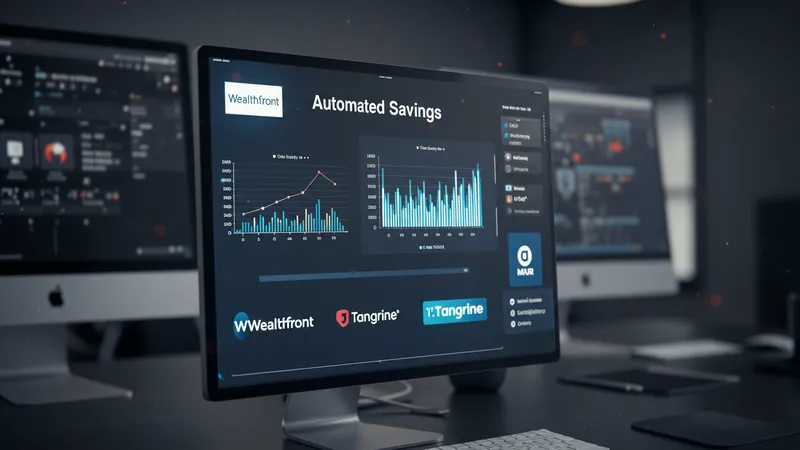
The advent of digital banking technologies has sparked a revolution in how savings are managed, with automated tools acting as vital allies in optimizing your high-yield accounts. Numerous apps and bank services automatically skim a percentage of income or unspent funds to deposit into high-yield accounts, making saving almost effortless.
Companies like Wealthfront and Tangerine have developed sophisticated algorithms that monitor spending habits and predict the best saving cycles. These smart tools not only keep saving consistent but also inform account holders when the best opportunities arise to maximize savings returns.
Additionally, some platforms offer built-in investment calculators that can suggest how much to save weekly or monthly based on personal financial goals. This automated approach ensures continuity in savings without the manual hassle of tracking and calculating, allowing savers to focus on bigger financial goals.
Are you ready to discover even more tech-driven practices that reshape the savings landscape? Stay tuned as we reveal digital methods that befuddle traditional bankers and empower individuals to save like never before.
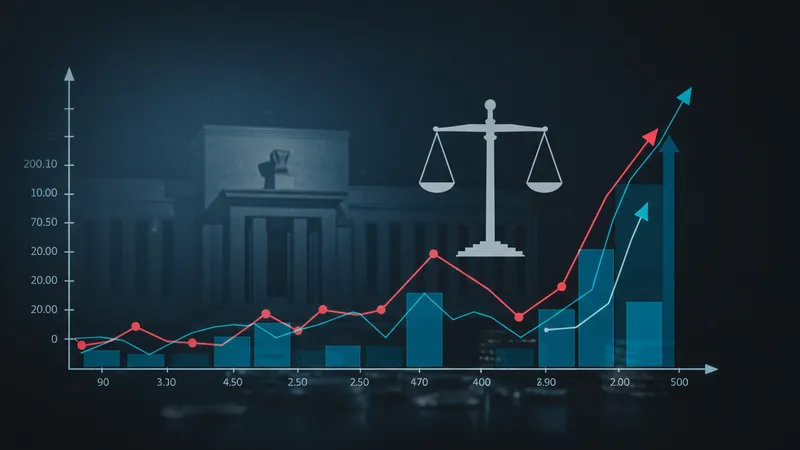
Savings account rates are susceptible to the ever-shifting currents of market trends, and understanding these zeitgeists is key to maximizing returns over time. As economic policies tighten or relax, these fluctuations directly influence the rates offered by financial institutions.
During periods of economic recession, banks may lower savings rates as a defensive measure, while they might raise them to attract more customers in times of economic stability. Keeping abreast of federal reserve rate changes and their forecasts can therefore strategically time when to lock in the best rates on your savings.
Some savings accounts are extremely sensitive to these shifts, offering variable rates that change with market conditions. For savvy savers, opting for such accounts when market predictions point towards rising rates can lead to unexpected windfalls.
But that’s not the only approach; combining these practices with diversified savings channels might insulate your finances from market volatility. Discover the pathways on how to do just that on the following page. Your financial intuition is about to level up!

Unveiling one of the lesser-known secrets, multipliers can serve as a powerful tool for anyone looking to bolster their high-yield savings. Some banks introduce multiplier incentives—additional interest rates for keeping your account balanced above a certain threshold or maintaining it for a fixed duration.
Using multipliers strategically can see your APYs swell, potentially eclipsing the baseline rates offered. This can offer an incentive to commit larger amounts into your savings selectively, capitalizing on these extra growth spurts. Actively searching for and securing these adds a potent weapon to your saving toolkit.
There's a trade-off; while steady balance can earn bonuses, sidelining large funds earmarked for other investments can be a missed opportunity. Understanding the balance between supplemental returns and liquidity is pivotal to utilizing these savings multipliers effectively.
As you read further, prepare to encounter real-life examples of how multipliers transformed accounts—not theoretical assertions. The revelations just keep pouring in.

Discovering hybrid accounts, which pair high-yield savings with investment potential, could forever alter your financial trajectory. These crafted offerings, usually combining a savings account with managed stock portfolios, introduce a dynamic element to nurturing your wealth.
Hybrid accounts often come bundled with tools for appraised market investments, seamlessly adjusting balances that amplify returns when markets soar. This dual capability means you are no longer limited to earning steady, albeit modest, interest. The potential for rapid compounding gains via stock markets elevates your financial game.
A word of caution: not all hybrid accounts are structured equally. It's important to discern ones with transparent portfolio management and low fees, as these attributes greatly affect your net returns. Navigating this complexity demands a finely tuned strategy aligned with your goals.
Eager to delve deeper into blending savings with market growth avenues? Join us on the next page where the nexus of savings and stocks tilts the scale to your advantage. The way you perceive savings is about to change.
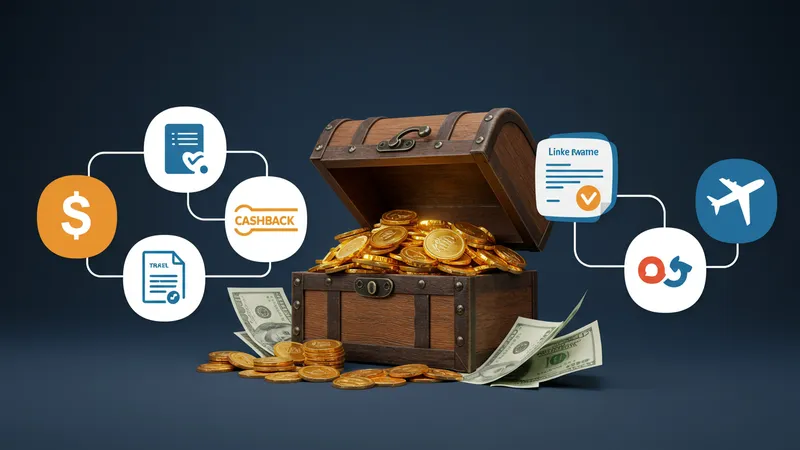
A well-kept secret amidst high-yield savings accounts are the exclusive perks that some banks offer, akin to credit card reward programs. These include cashback deals on deposit transactions or discounts when using partnered banking services.
While not every account features these incentives, those that do can significantly enhance the value of holding a high-yield savings account. From insurance rebates to travel-related discounts, these bonuses add a layer of practical benefit previously unseen in traditional savings.
Diving deeper, some institutions tailor offers based on your financial behavior and history, ensuring that you receive the maximum benefit aligned with your lifestyle. This level of personalization elevates the conventional banking experience, merging finance with lifestyle enhancements.
Intrigued by how these hidden deals can reshape what you gain from your savings? Turn the page to uncover the stark contrast between standard accounts and these perk-laden treasures that blur the lines between saving and spending smartly. Prepare to redefine banking expectations.

The era of relying on bankers to guide us blindly into savings solutions is long gone. Today’s informed saver arms themselves with knowledge, leveraging educational resources to navigate the competitive waters of high-yield savings accounts.
From online courses to financial forums and free webinars hosted by industry experts, the wealth of available information could offer you insights professional advisors might overlook. Educating yourself allows for precision in deciding between accounts, recognizing trends, and predicting market behavior.
But the quest for understanding goes beyond just attending a course or reading an article. It involves an ongoing commitment to staying updated with financial innovations and regulatory changes that impact savings. Constantly seeking new information breeds empowerment—a true skill in financially volatile times.
Curious how a shift in knowledge led ordinary savers to financial mastery? Continue on the next page to follow real-world stories of payoffs driven by educated decisions. The wisdom you gain could expand your financial horizon beyond expectations.

Developing confidence in managing high-yield accounts goes beyond choosing the right institution; it involves nurturing financial literacy that enables decision-making agility. Catering to this need, many platforms now offer simulation tools that model savings growth in varied scenarios, equipping savers with the foresight to act confidently.
Through these tools, you can visualize potential outcomes based on different contribution strategies or interest rate fluctuations, transforming abstract concepts into tangible plans. This practice ensures preparedness against uncertainties and enhances accountability, making financial success predictable.
Furthermore, some institutions provide access to financial consulting, offering personalized advice to refine your savings approach. These consultations can strengthen your financial strategies, revealing blind spots and offering strategies to reconcile goals with your saving habits.
Transition into the next segment to witness these confidence-boosted strategies in action, revolutionizing results for those who wield them wisely. Embark on this new path where certainty mingles with careful planning, ensuring every dollar works harder for you.
The journey to mastering high-yield savings accounts reveals a fresh perspective on financial growth, intriguing insights, and pathways to success found by those who dare tread your path. Unlocking these secrets offers more than monetary gain; it reshapes one's entire approach to savings and investment strategies.
Now it's your turn—take the reins and explore some of these strategies. Share what you've learned, inspire friends to maximize their savings, and commit to financial growth with newfound wisdom. This is your moment to act!